Food and Traditions for Japanese Children's Day
The non-glutinous characteristics of joshinko causes kashiwa mochi to be firmer than its chewy glutinous relative. The end result is a satisfying texture and pleasantly sweet treat. It's commonly associated with Kodomo no Hi, also known as children's day, when it's traditionally eaten. Kashiwa mochi is thought to represent strength.

Kashiwa mochi a traditional Japanese treat for kids Ai made it for you
Chef Reina from Japan shares pro tips to make Kashiwa Mochi, which is made of white mochi stuffed with red bean paste and is wrapped in a kashiwa leaf. I ho.

Kashiwa mochi a traditional Japanese treat for kids Ai made it for you
Step 1/12. In a large bowl, combine the shiratamako or mochiko with sugar and whisk. Then, add water and mix until combined. Step 2/12. If you use a microwave for cooking the mochi, cover the bowl with plastic wrap and heat it in the microwave on high heat for 1 minute. Remove the bowl from the microwave and stir the mochi with a wet rubber.

Kashiwa Mochi Japanese traditional sweet dumpling
Kashiwa Mochi is a tender Japanese rice cake filled with sweet red bean paste and wrapped with an oak leaf. We traditionally enjoy this soft and chewy confection on Children's Day in Japan to celebrate a child's growth and happiness. Print Recipe Pin Recipe. Prep Time: 30 minutes mins.

Kashiwa Mochi Reiskuchen zum Kindertag Rezept aus der jap. Küche
Kashiwa Mochi. Kashiwa Mochi (柏餅) is a traditional mochi with red bean paste filling is wrapped with an oak leaf. It is enjoyed on Children's Day in Japan. The oak leaf is not edible, but it imparts a lovely fragrance to the mochi. 3. Sakura Mochi.
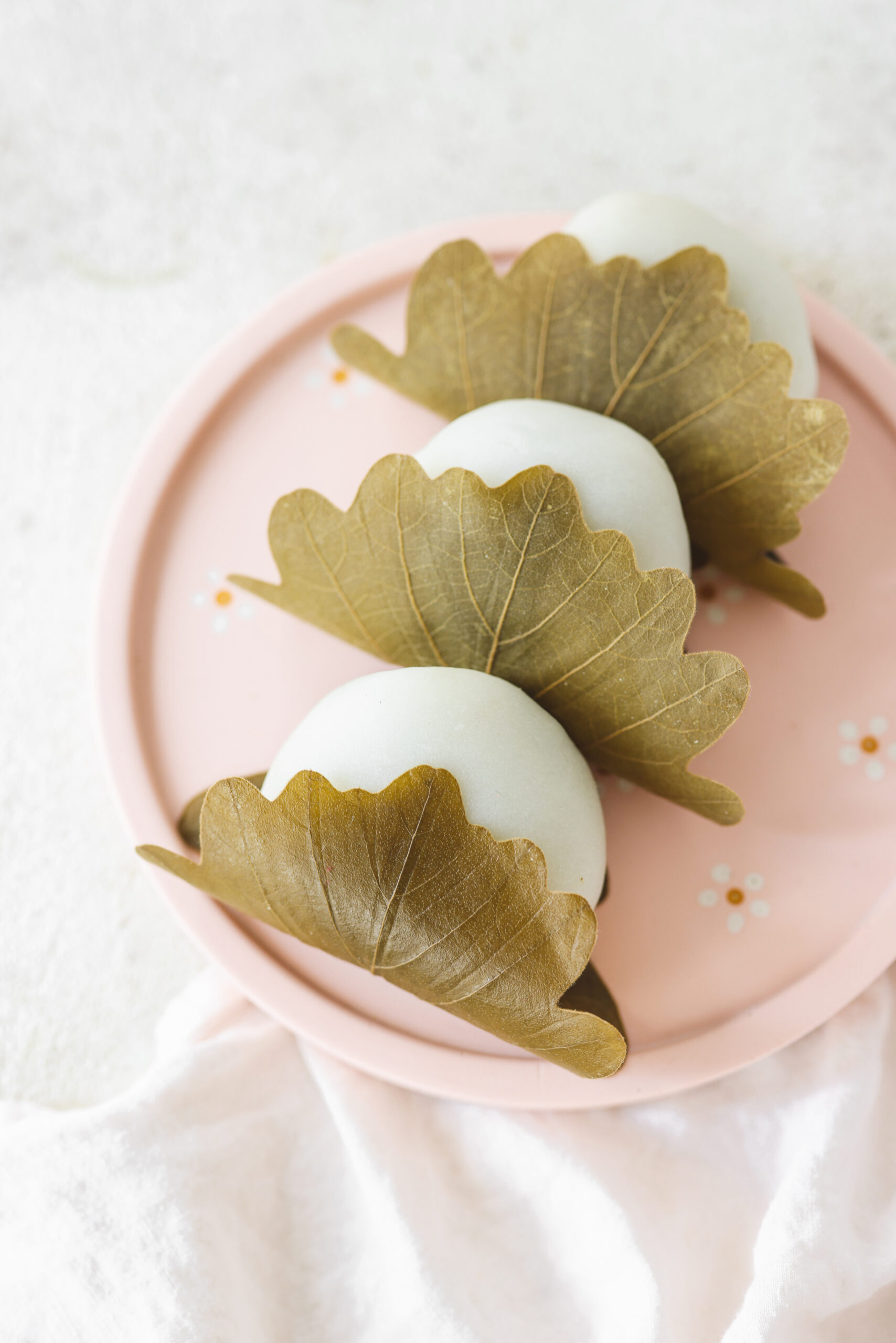
Kashiwa Mochi (Japanese Rice Cake with Oak Leaf) Veggiekins Blog
Kashiwa mochi (Japanese: かしわ餅, 柏餅) is a wagashi (Japanese confection) of white mochi surrounding a sweet anko (red bean paste) filling with a kashiwa leaf wrapped around it. Unlike the cherry blossom leaf used in sakura mochi , the oak ( kashiwa ) leaf used in kashiwa mochi is not eaten and used only to symbolize the prosperity of.

Kashiwa Mochi / 柏餅 Sylvia Wakana
Kashiwa Mochi Health Facts. Health experts highly recommend moderation in eating this wagashi. Kashiwa Mochi cake is high in calories in the same way other kinds of mochi do. In fact, its calorie content is as high as 70 for every serving. The great thing about it is that it doesn't contain fat.
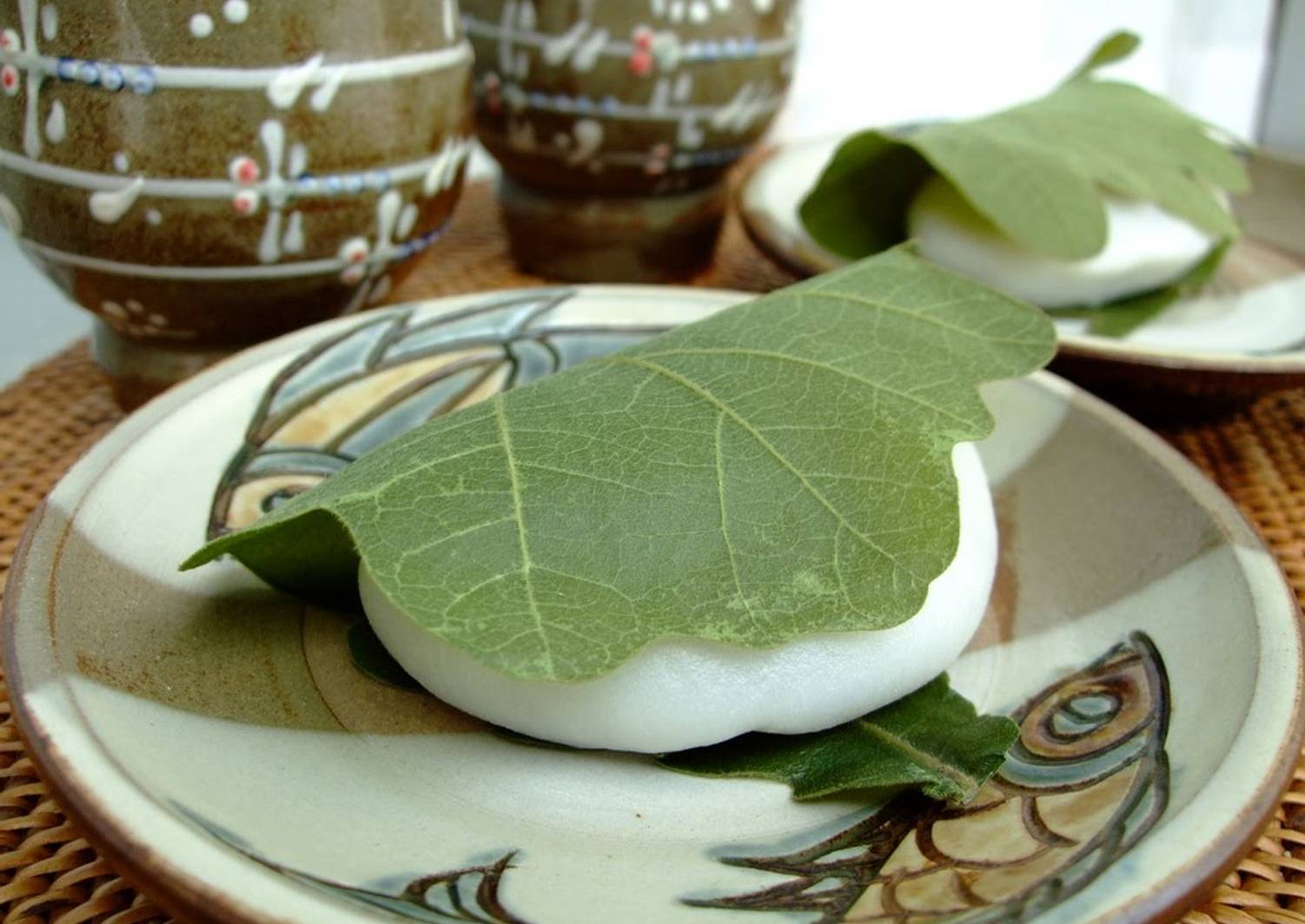
Easy Kashiwa Mochi Recipe by cookpad.japan Cookpad
Kashiwa Mochi is a type of mochi, a traditional Japanese confection that is a chewy, sweet rice cake. Typically, it's filled with koshi-an or anko, a smooth, sweet red bean paste. Sometimes, you can find Kashiwa Mochi with a shiro-an (white bean paste) & miso filling. The mochi is then wrapped in an oak leaf.

Japan in Photos Kashiwa Mochi Japan Up Close
Step 3/14. Add joshinko flour, potato starch, sugar, and water to a microwave-safe glass bowl, and whisk until lump-free. Step 4/14. Loosely cover the bowl with cling film and microwave for four minutes in a 1100W microwave. Step 5/14. Take the bowl out of the microwave and loosen the mochi with a spatula. Step 6/14.
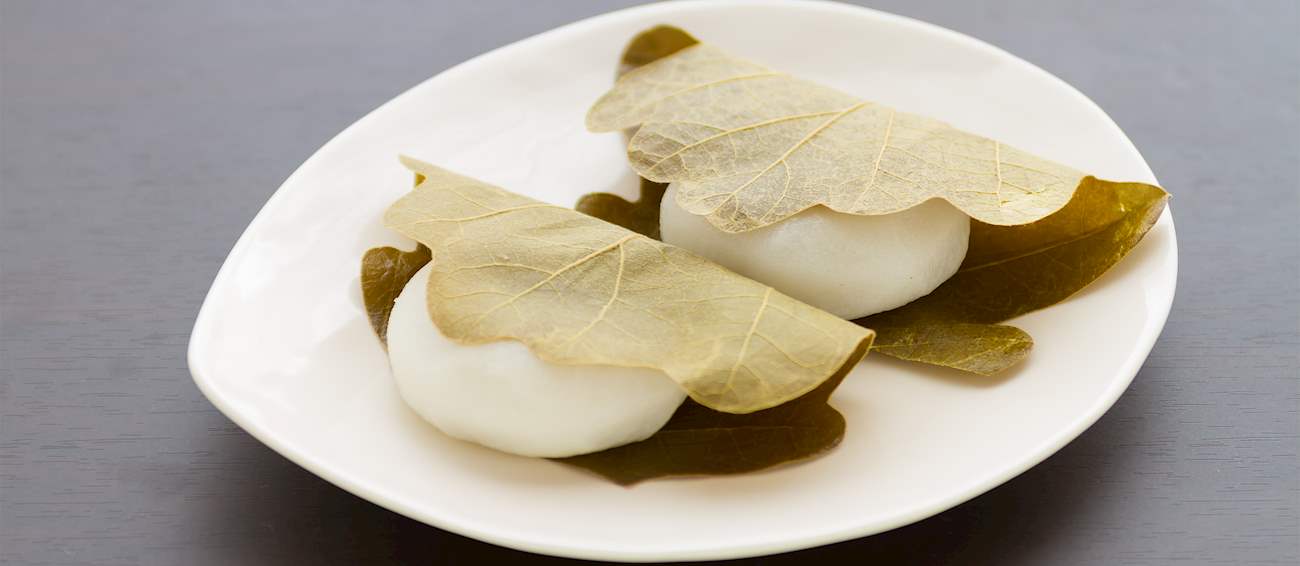
Kashiwamochi Traditional Dessert From Japan
1 cup and 2 tablespoons Water About 1 cup Red Bean Paste ( Anko ) 1.6 cups Joshinko Japanese Rice Flour 2 tablespoons Sugar 2 tablespoons Potato Starch ( or Corn Starch ) 10 Kashiwa Leaves ( Oak Leaves ) Directions: 01 - Rinse the Oak Leaves under running water. 02 - Dry the Oak Leaves with some paper towel. 03 - With an ice cream scoop or by.

Kashiwa mochi a traditional Japanese treat for kids Ai made it for you
Kashiwa Mochi is a very popular traditional sweet: anko sweet bean paste balls inside balls of mochi, wrapped in an oak leaf. The leaf is edible (optional), but more importantly, adds a unique aroma and flavor to the mochi. Kashiwa mochi is especially enjoyed on "Children's Day" in Japan - celebrating children's growth and happiness..

Kashiwa Mochi / 柏餅 Sylvia Wakana
Step 2: Dry Ingredients. In a bowl, mix the joshinko rice flour, mochi flour, and granulated sugar. Step 3: Make Mochi Paste by slowly adding the water to the dry ingredients and stirring until it forms a thick paste. Step 4: Steam Mochi. Line your steamer with cheesecloth or parchment paper and put the paste inside.
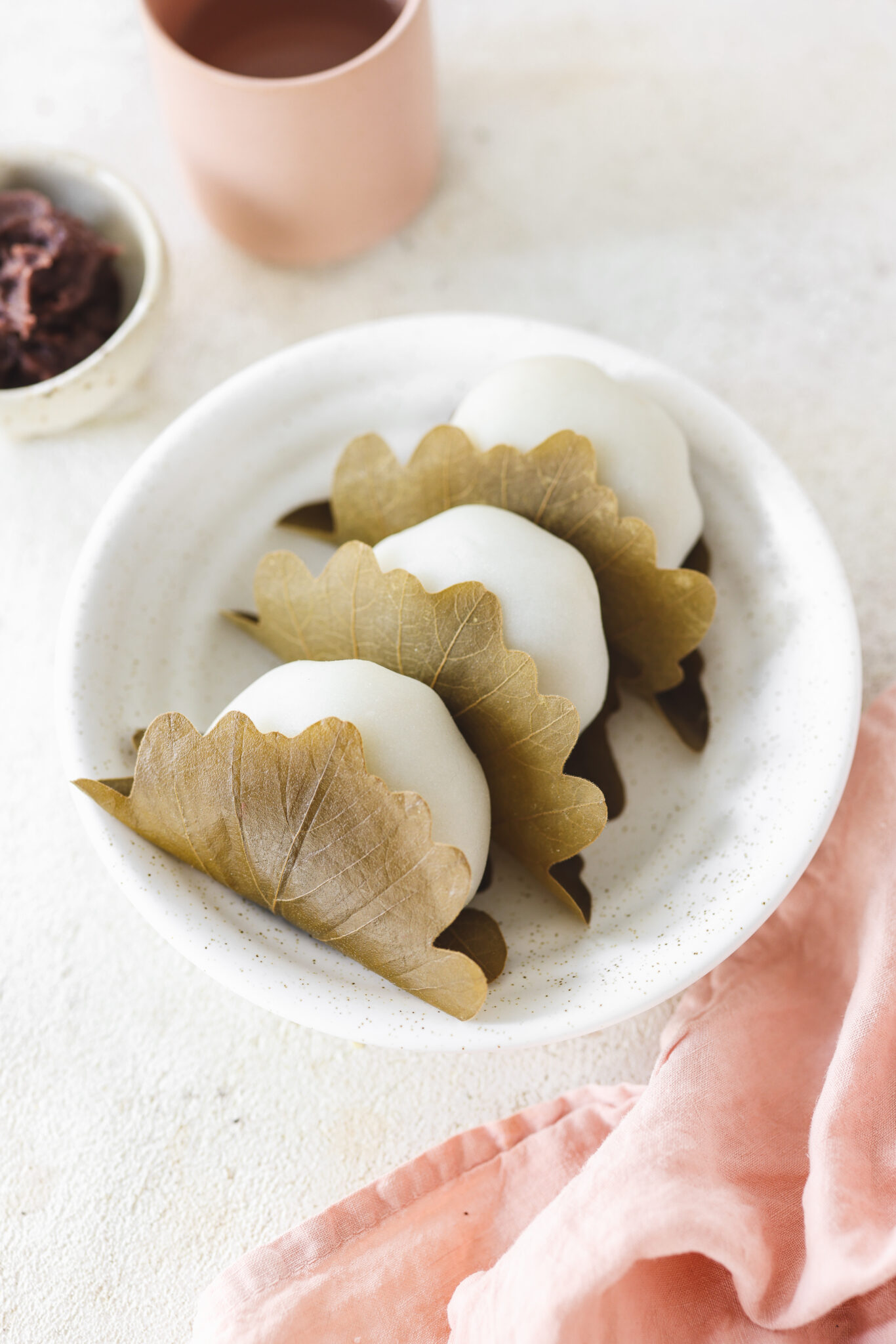
Kashiwa Mochi (Japanese Rice Cake with Oak Leaf) Veggiekins Blog
Prepare your oak leaf by rinsing and patting it dry with a paper towel or kitchen linen. Next, make your mochi dough by whisking joshinko, sugar, and starch. Add your filtered water and, using a spatula, mix it to create a smooth batter. Cover the bowl with plastic wrap and microwave for 30 seconds. Remove from microwave and stir.
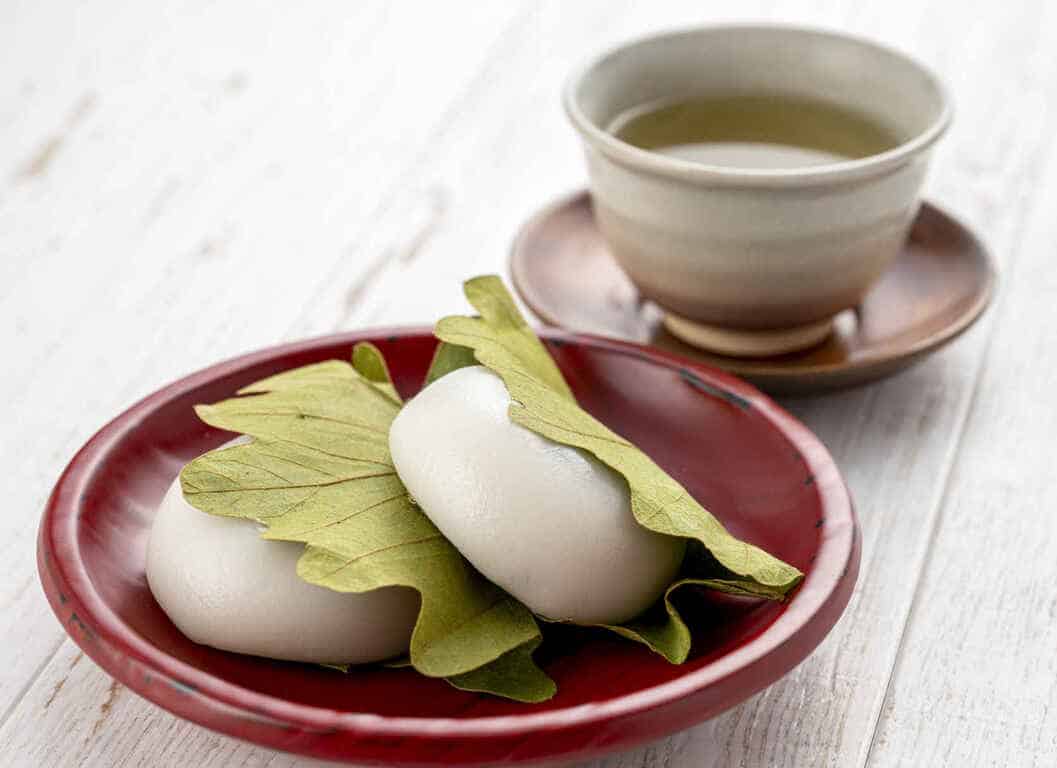
Kashiwa Mochi is a Children's Day food. (Recipe and Health Facts)
As a part of the celebration, we eat Kashiwa Mochi, rice cakes stuffed with sweet red bean paste and wrapped in kashiwa (oak) leaves. -Children's Day in Japan . The Children's Day was originally called Tango no Sekku (端午の節句) and it was celebrated on the 5th day of the 5th moon in the lunar calendar. When Japan started to follow.

Kashiwamochi Kagizen Yoshifusa
Kashiwa Mochi is a traditional Japanese confectionery made of mochi that is filled with sweet red bean paste and wrapped in an oak leaf. Kashiwa Mochi is commonly eaten during Kodomo no Hi (Children's Day or Boys Day), a Japanese holiday held on May 5th. News & Updates May 2, 2018. The oak leaves, which represent strength, longevity and good.

Japan in Photos Kashiwa Mochi Japan Up Close
Kashiwa Mochi is a traditional Japanese sweet that is made with mochi (rice cake) and filled with a sweet red bean paste. This recipe adds a twist to the classic by adding a layer of cheese to the mochi. This cheese mochi is a great snack or dessert that is sure to please! Ingredients. 1 cup mochiko (sweet rice flour) 1/2 cup sugar; 1/2 cup water